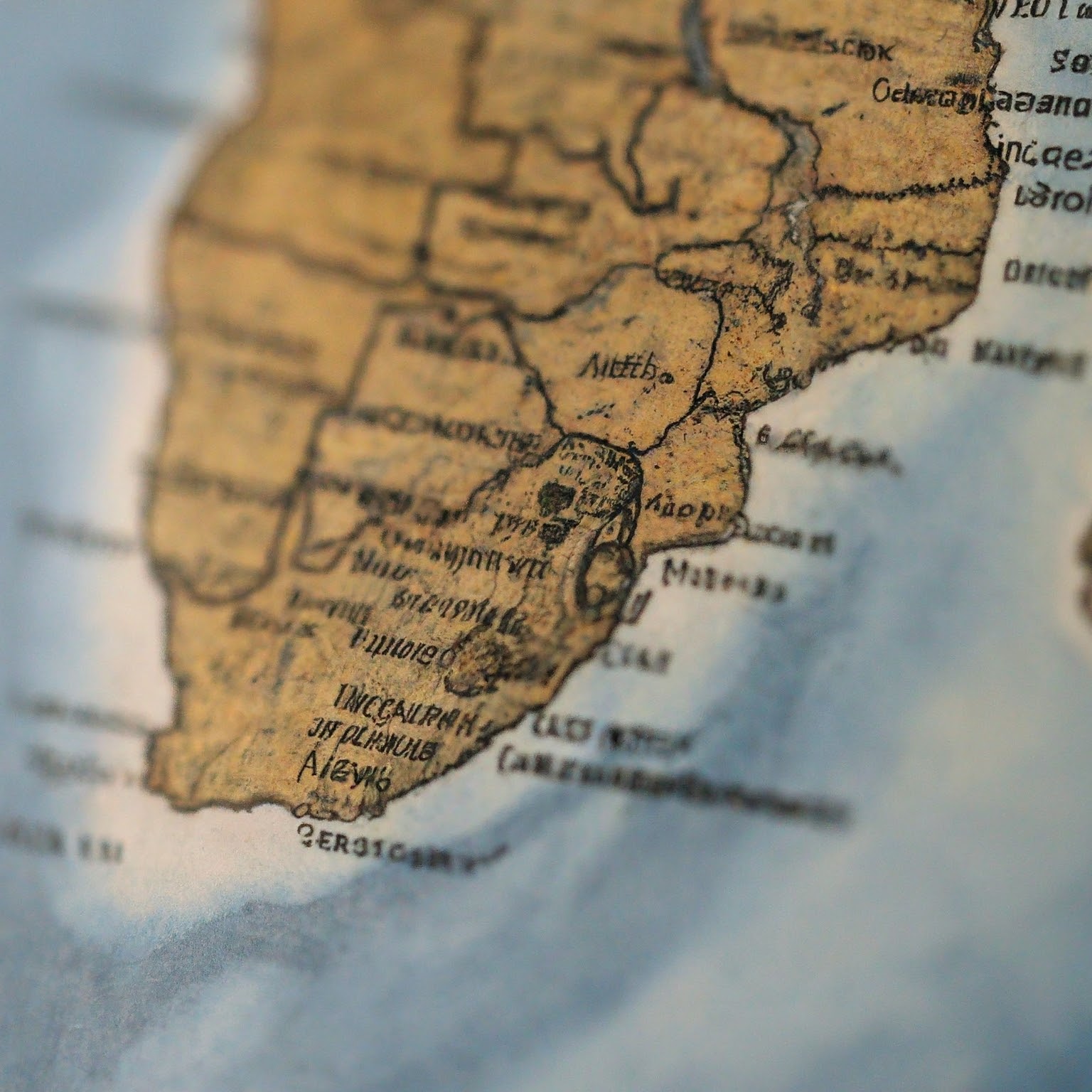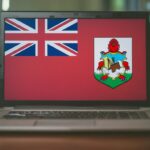In today’s interconnected world, international communication has become an integral part of our lives. Whether for business, personal, or educational purposes, understanding country telephone codes is essential for making accurate international calls. This comprehensive article will delve into the significance of country codes, their historical context, and how to use them effectively.

The Significance of Country Telephone Codes
Country telephone codes are standardized prefixes used to identify specific countries within the global telecommunications network. They serve as a gateway to international destinations, ensuring that calls are correctly routed to their intended recipients. These codes are essential for making international calls, regardless of whether you are using a landline or a mobile phone.
The Structure of Country Telephone Codes
Country codes typically consist of one to three digits. They are assigned by the International Telecommunication Union (ITU) and are used in conjunction with the local phone number to form a complete international dialing sequence.
Common Country Telephone Codes
Here are some of the most commonly used country telephone codes:
- United States and Canada: +1
- United Kingdom: +44
- China: +86
- India: +91
- Japan: +81
- Russia: +7
- Brazil: +55
- Mexico: +52
- Germany: +49
- France: +33
International Dialing with Country Telephone Codes
To make an international call, you will generally need to dial the following sequence:
- International Access Prefix: This is typically a plus sign (+) or a sequence of numbers specified by your phone service provider.
- Country Code: The two or three-digit code representing the destination country.
- Area Code: The specific region or city within the country.
- Local Phone Number: The seven-digit local phone number of the recipient.
Example: To call a phone number in the United States with the area code 212, you would dial +1 212 [local phone number].
Tips for International Calling
- Check Time Zones: Be mindful of time zone differences to ensure you’re calling at a convenient time for the recipient.
- Consider Calling Costs: International calling rates can vary significantly depending on your phone service provider and the destination country.
- Use a Reliable Connection: Ensure you have a strong signal and avoid background noise to enhance call quality.
- Be Patient: International calls may experience delays or connection issues due to network congestion or other factors.
The History of Country Telephone Codes
Country telephone codes were introduced as the global telecommunications network expanded and the need for standardized international dialing became apparent. The ITU played a crucial role in establishing the system of country codes and ensuring its widespread adoption.
The Future of Country Telephone Codes
As technology continues to evolve, the use of country telephone codes may change. However, they are likely to remain an essential component of international telecommunications for the foreseeable future. With the increasing popularity of smartphones and the growth of global connectivity, the demand for reliable and efficient international calling will only continue to rise.
Conclusion
Country telephone codes are essential for facilitating international communication and connecting with people around the world. By understanding the significance of these codes and following the correct dialing procedures, you can effectively make international calls and stay connected with friends, family, and business associates.


